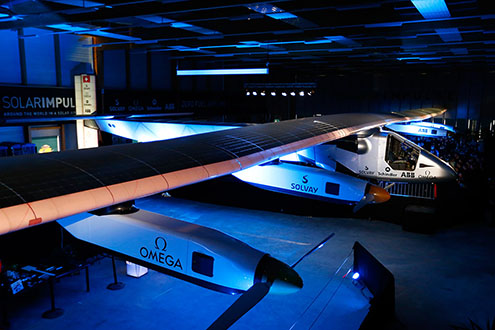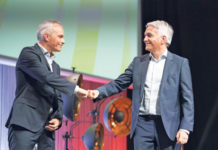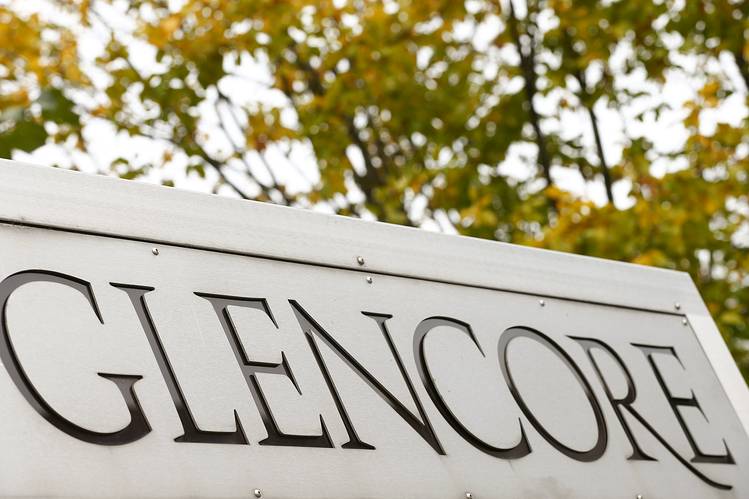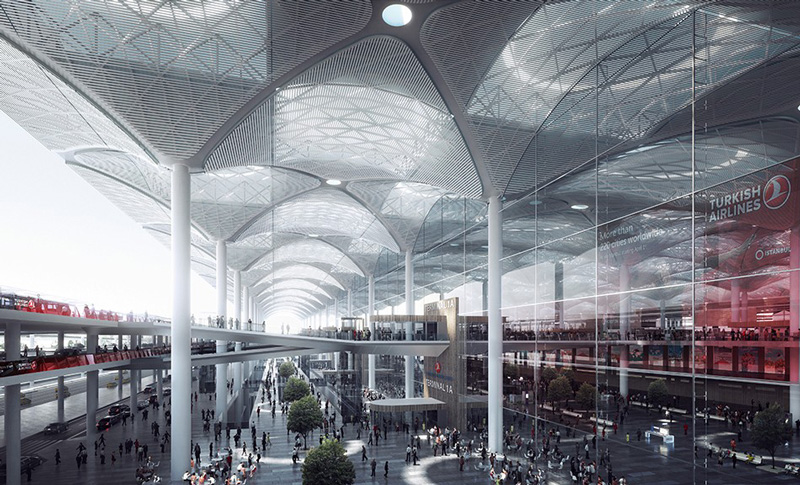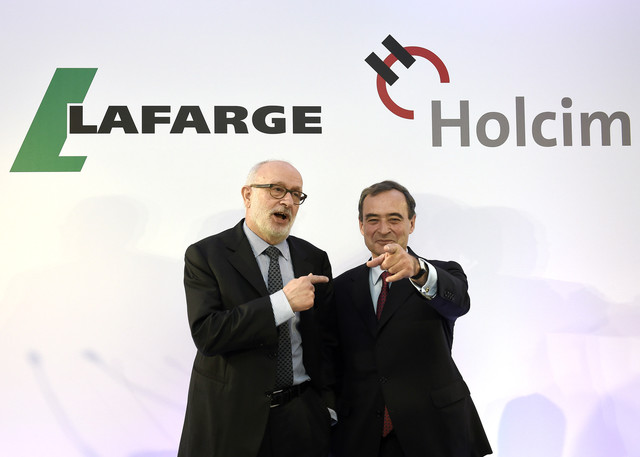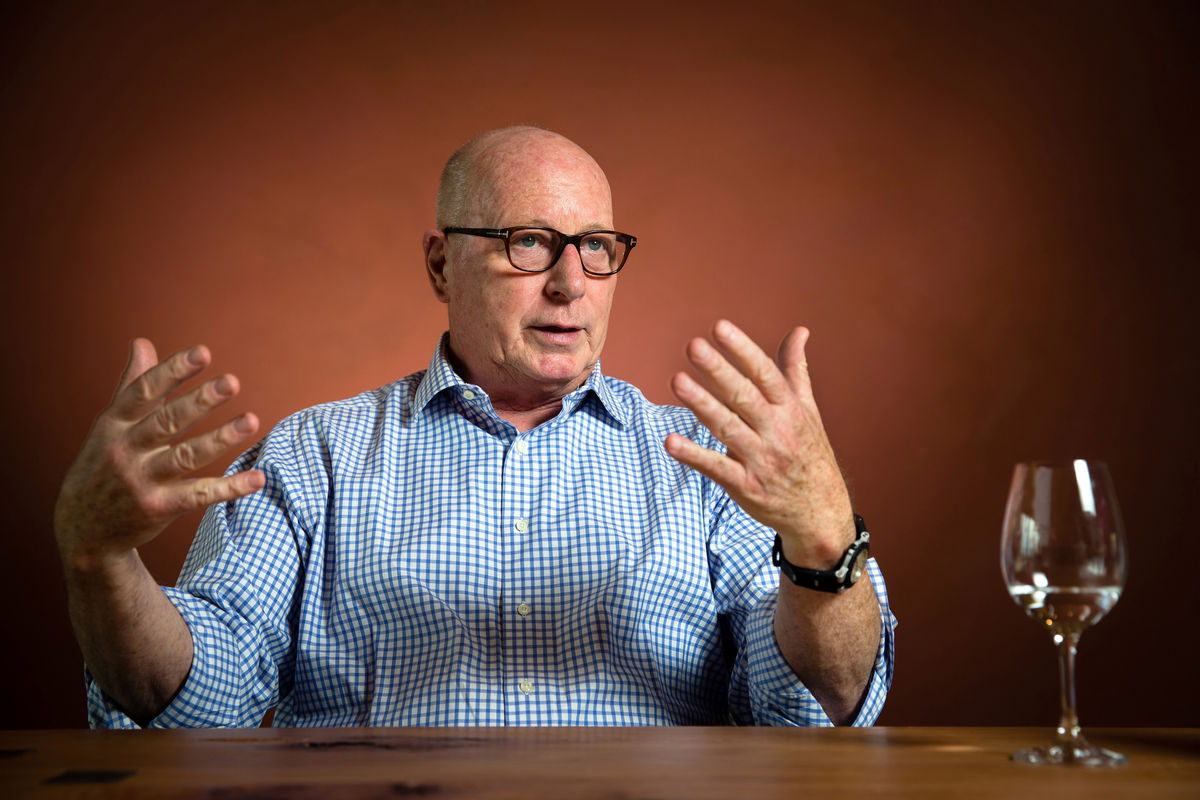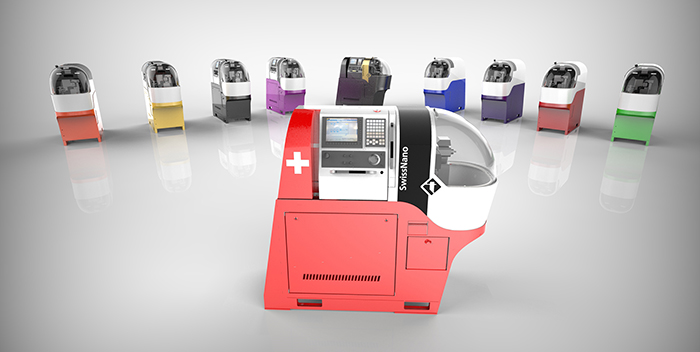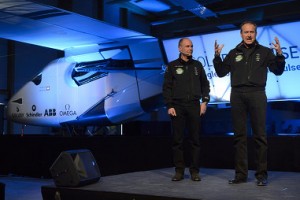
Five years and eight world records after unveiling the prototype, the Solar Impulse team has introduced the Si2 – a solar plane that’s scheduled to fly around the world in 2015. Test flights are planned for next month, followed by training missions over Switzerland.
Pilots Bertrand Piccard and André Borschberg presented the plane at the Payerne Air Force base on Wednesday.
As founder and chairman Piccard told the crowd: “Today we are one step closer to our dream”. He also confessed that his creation reminded him more of an elephant than a bird.
“Each time I look at this plane I have a memory of my childhood – of the Walt Disney animation of ‘Dumbo’. His ears were so enormous that everybody made fun of him,” Piccard said, recalling how aviation experts laughed when he and his team displayed the first designs for the Solar Impulse 12 years ago.
Jokes aside, nobody’s laughing now – despite the fact that this plane’s 72-metre wingspan is even greater than that of the prototype (63.4 metres) or a Boeing 747 jumbo jet. Similar to a car, it weighs 2,300 kilogrammes – far more than the 1,600-kilogramme Solar Impulse 1.
To improve performance and comfort, the increase in size and weight was a must for the single-seat aircraft. In 2010, the project’s longest fuel-free flight lasted 26 hours – proving that it was possible to fly day and night on solar power alone.
Now the challenge is to circle the planet, which means crossing oceans. This will require the plane to stay airborne for up to five days at a time.
Solar Impulse 1 crossed the Mediterranean (2012), and the United States (2013) – the latter project completed in six stages.
Energy efficient
“The Si2 is the only airplane in the world with unlimited endurance. It could fly for days, weeks, months, perpetually. It’s the most energy-efficient airplane ever designed,” said CEO and co-founder Borschberg.
He and Piccard will take turns in the cockpit, which has also received a major design overhaul. For example, they’ll be able to lie flat to sleep and relieve themselves via a convertible toilet seat.
“It’s a better environment for the pilot. If the first plane was economy class; this one is business,” said Borschberg. In addition to increased comfort, the Si2 features improved energy efficiency. Unlike its predecessor, it will be able to collect and store enough energy to fly through clouds.
This is thanks to its 17,248 solar cells, which will feed energy to the aircraft’s four propellers. Additional energy will be collected and stored in its lithium-polymer batteries. Flight speeds will be modest, ranging from 36-140 kilometres per hour, depending on time of day and altitude.
Described as an “airborne technology lab”, the plane was created by dozens of specialists – with the Swiss Federal Institute of Technology in Lausanne serving as the project’s scientific advisor. A major challenge was finding extremely lightweight yet resilient materials.
Yet adapting the plane for commercial use isn’t on the agenda. According to Piccard, the main goal besides making it around the world is “to demonstrate how important technical innovation is for energy savings and renewable energy”.
And as Borschberg pointed out, “All of the technologies used on the plane can work on the ground, and they’re already finding uses in appliances, homes and cars to make them more energy efficient”.
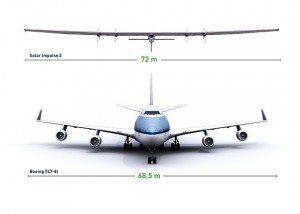
Flight into the unknown
“What’s new is to be able to fly for such long periods, and not knowing what sort of weather to expect a few days ahead. We’re flying into the unknown,” Borschberg said. “Solar Impulse 2 will have virtually unlimited autonomy, and now we need to make sure the pilot is as sustainable as his aircraft. This is why the round-the-world flight will be as much a human as a technological feat.”
Extreme temperatures ranging from -40°C to 40°C will be one challenge, but the cockpit is neither pressurised nor heated. Both pilots will be relying on their experience as well as tools like yoga and meditation in Borschberg’s case, and self-hypnosis in Piccard’s.
Asked what his biggest worry was, Piccard said, “When you do something for the first time you don’t even know what to worry about – you have so many unknowns. Nobody’s done it before, so you have to invent the solutions from scratch. This makes it exciting, but it’s also quite frightening.”
The round-the-world flight is scheduled to begin in March 2015, and the pilots will take turns flying five-day, non-stop shifts. They’ll start in the Gulf area and fly over the Arabian Sea, India, Myanmar, China, the Pacific Ocean, the US, the Atlantic and either southern Europe or northern Africa before returning to the departure point.
by Susan Misicka in Payerne
Source: swissinfo.ch


